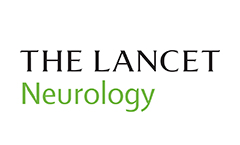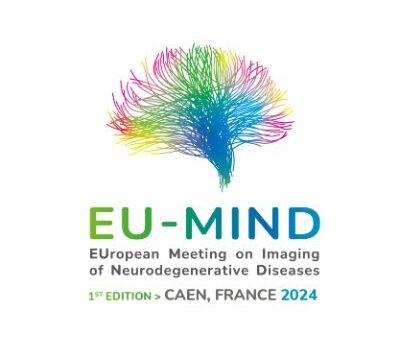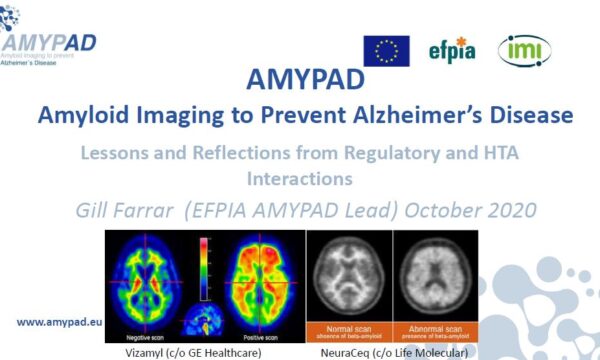What is your current role on AMYPAD?
I am a member of the AMYPAD project since it has been initiated and I serve as a local Principal Investigator at the AMYPAD site in Cologne, Germany. I am the chair of the Department of Nuclear Medicine at the University Hospital Cologne and I am also affiliated with the German Center for Neurodegenerative Disorders (DZNE) and the Institute for Neuroscience and Medicine II at the Research Center Juelich. Together with the Department of Psychiatry at the University of Cologne (Prof. Frank Jessen) we have already been able to contribute a significant proportion of patients included into AMYPAD. My own research focus lies on the application of multimodal and molecular imaging procedures to investigate neurodegenerative disorders and their interrelation to the network architecture of the brain. Furthermore, our group is active in the exploration of inherited (i.e. genetic) versus amendable factors (such as life style) and their conditioning of neurodegenerative diseases or the resistance to them. With our team we also aim to improve integration of modern imaging methods into clinical routine by validating their added value and by working on improved data analytical approaches e.g. with regard to standardization and quantification.
What is your overall vision?
I am enthusiastic about the general concept and aims of the AMYPAD project. I believe in the outstanding value of amyloid PET imaging as a noninvasive tool to assess amyloid pathology in the brain in a regional and quantitative fashion. I am convinced that amyloid PET imaging is a crucial instrument not only to advance the understanding of disease mechanisms in scientific studies but also with regard to improving clinical diagnosis. I consider this method superior to other biomarkers and indispensable for a comprehensive workup of Alzheimer’s disease with respect to reliable and early detection, prognosis and staging of the disease as well as with regard to exclusion of Alzheimer’s pathology. We are currently seeing exciting developments, with new causal drugs against Alzheimer’s disease becoming available. I consider amyloid-imaging a mandatory prerequisite not only for the inclusion of patients into trials but also for the reliable selection of patients suitable for treatment. When compared to e.g. cardiovascular or oncological disorders, the depth of diagnostic workup of neurodegenerative disorders is often still quite limited which in part is conditioned by issues of cost/reimbursement but also by lacking evidence on the value of the available biomarkers. I believe that every patient in whom the presence of a neurodegenerative disease is being considered should be given the opportunity to undergo conclusive biomarker assessment including amyloid PET imaging. My great hope is that AMYPAD with its unique contribution of centers all around Europe and of outstanding international researchers will be able to provide results fostering greater dissemination and integration of this excellent tool into clinical routine, thereby allowing us to take a step forward in the fight against this disease.
What do you find most challenging about the project?
Organizing such a unique large-scale multi-center trial as AMYPAD with contribution of several international centers has posed great challenges with regard to harmonization of patient inclusion, clinical/neuropsychological assessment in different languages, imaging protocols, data transfer etc. In addition, to the requirement to design a scientifically meaningful study under these conditions, there have been major challenges of meeting regulatory requirements, which are increasingly complex and handled differently in different countries/authorities. Overcoming these hurdles in an investigator-initiated study is a huge achievement. Great respect must be paid here to the organizers and coordinators and all those involved.



